

HERPETOLOGY comes from the Greek language origin “herpien,” which means “to creep.” It’s a branch of zoology that includes the study of two of the seven classes of "chordata" or animals with vertebrae. Herpetology looks at amphibians (i.e., frogs, toads, newts, salamanders and the less familiar legless, limbless caecilians) and reptiles (i.e., snakes, lizards, tortoises, turtles, crocodiles, terrapins, the limbless burrowing amphisbaenids, and the ancient tuataras). Herpetology studies include some familiar backyard creatures as well as ones you may never have seen or heard of before. The keeping of reptiles and amphibians as pets is known as herpetoculture.
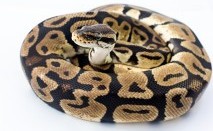 Ball Python
Ball Python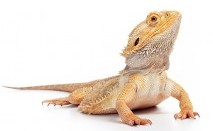 Bearded Dragon
Bearded Dragon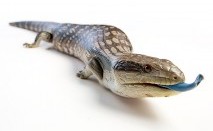 Blue Tongue Skink
Blue Tongue Skink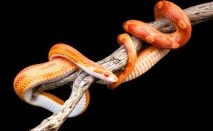 Corn Snake
Corn Snake Crested Gecko
Crested Gecko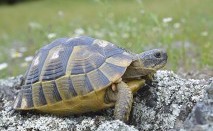 Greek Tortoise
Greek Tortoise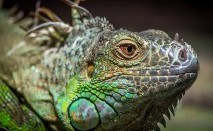 Green Iguana
Green Iguana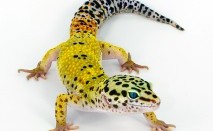 Leopard Gecko
Leopard Gecko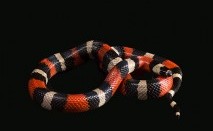 Milk Snake
Milk Snake Veiled Chameleon
Veiled ChameleonDog or cat or bird or sugar glider owners are sometimes surprised to find that people interested in snakes, toads, turtles and lizards are just as enthusiastic about their creeping, slithering and burrowing pets as any golden retriever or macaw owner is about his or her own pets - maybe even moreso!. Learn more >>
Many people have a perception that snakes are “gross” and “slimy” creatures, but anybody who owns a pet snake soon learns that it is quite the opposite: their skin is smooth and dry! That being said, your pet snake probably won’t appreciate being touched too regularly or for too long. Strike a happy medium by handling your pet snake a few minutes per day so it remains used to and unafraid of you, but not so much that it becomes stressed out.
 Discover Animals is a web-based educational resource offered by the NAIA
Discover Animals is a web-based educational resource offered by the NAIA